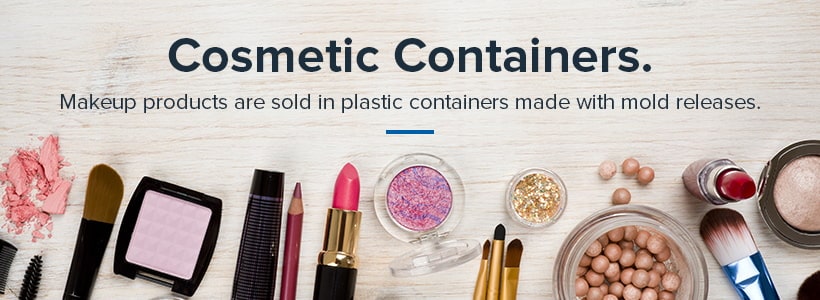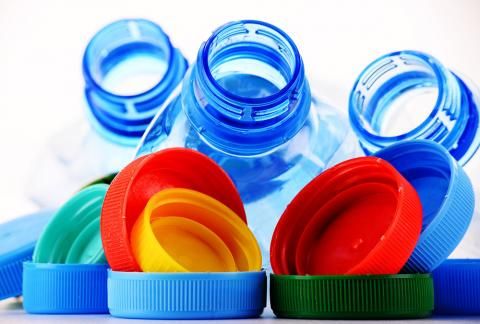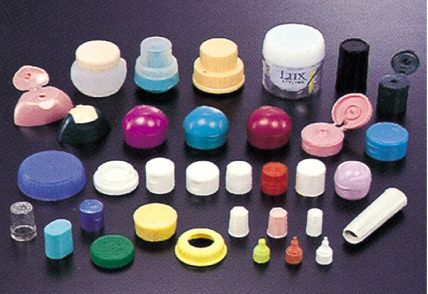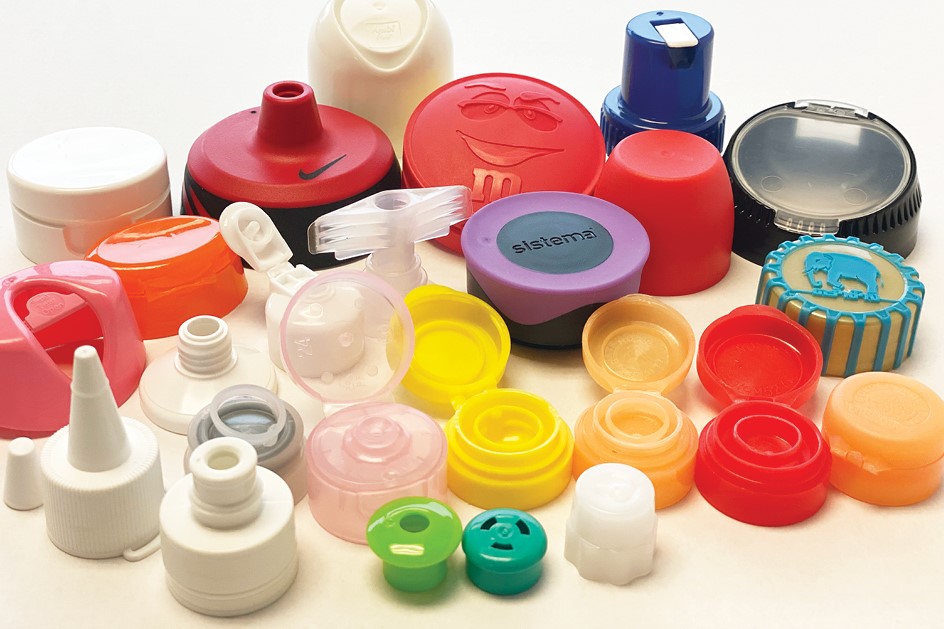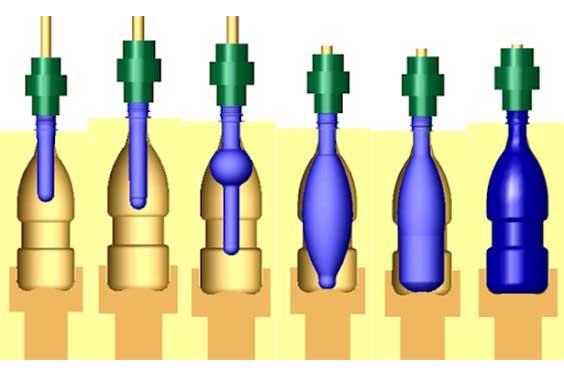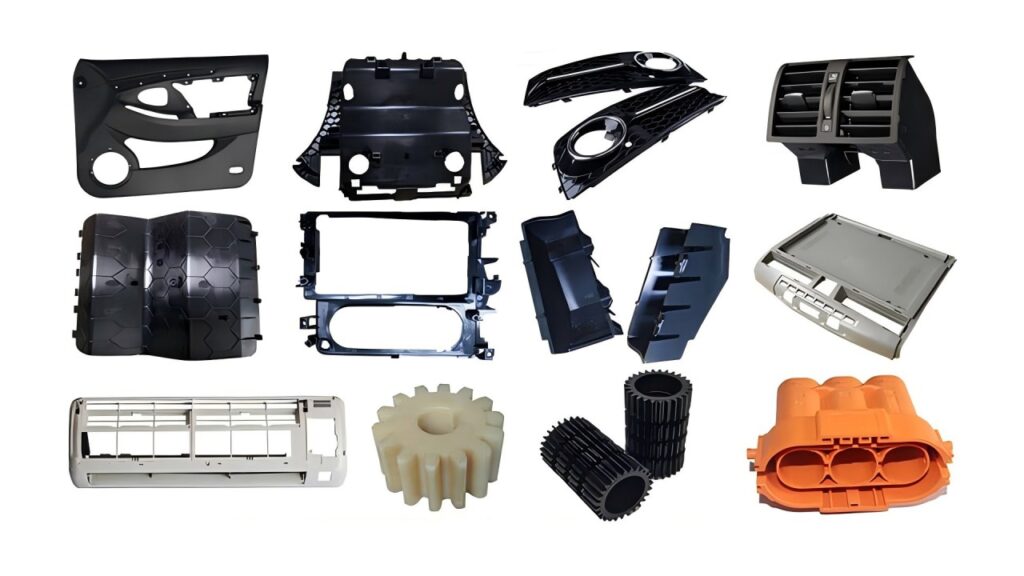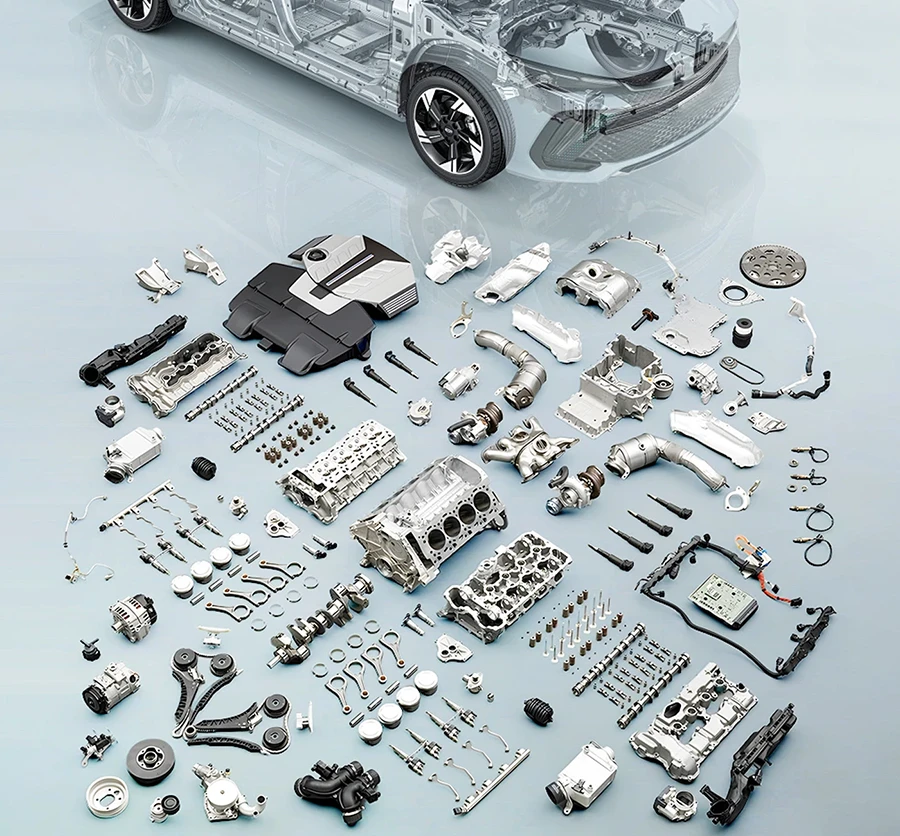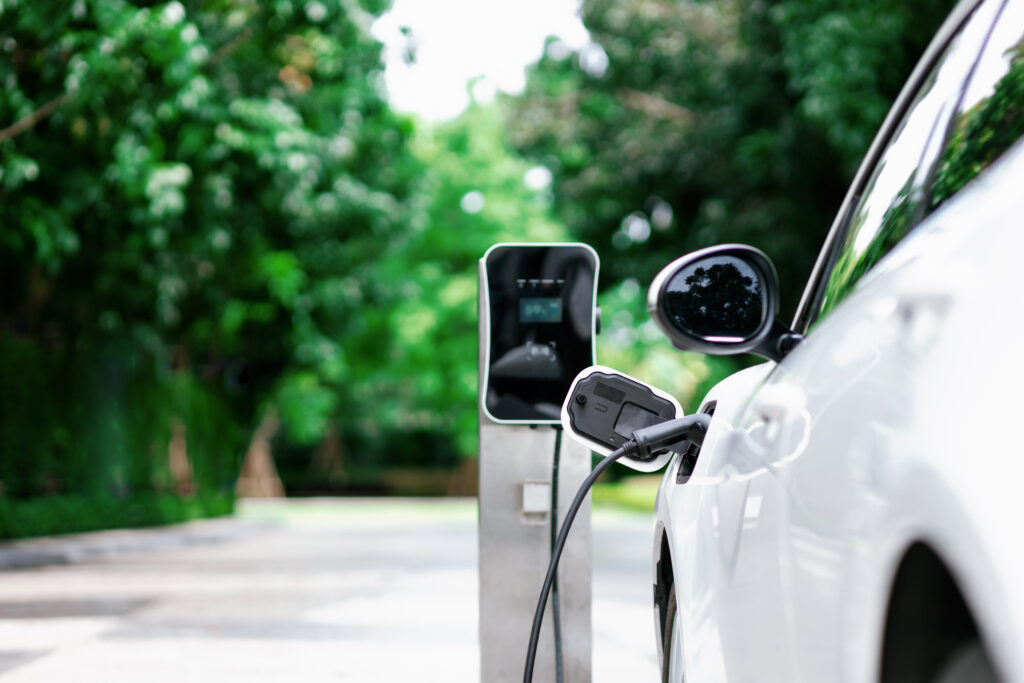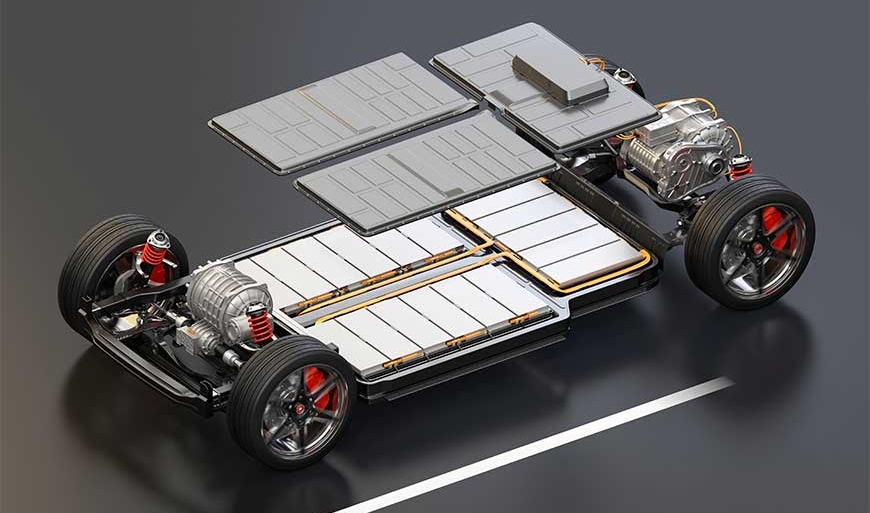Materials Used in Cosmetic Mould Manufacturing
Cosmetic mould manufacturing is a critical process in the beauty and personal care industry, ensuring that packaging components such as lipstick tubes, compact cases, and mascara containers meet strict standards of precision, durability, and aesthetics. The choice of materials used in mould fabrication significantly influences the quality, lifespan, and efficiency of production. Below are the […]
Materials Used in Cosmetic Mould Manufacturing Read More »
